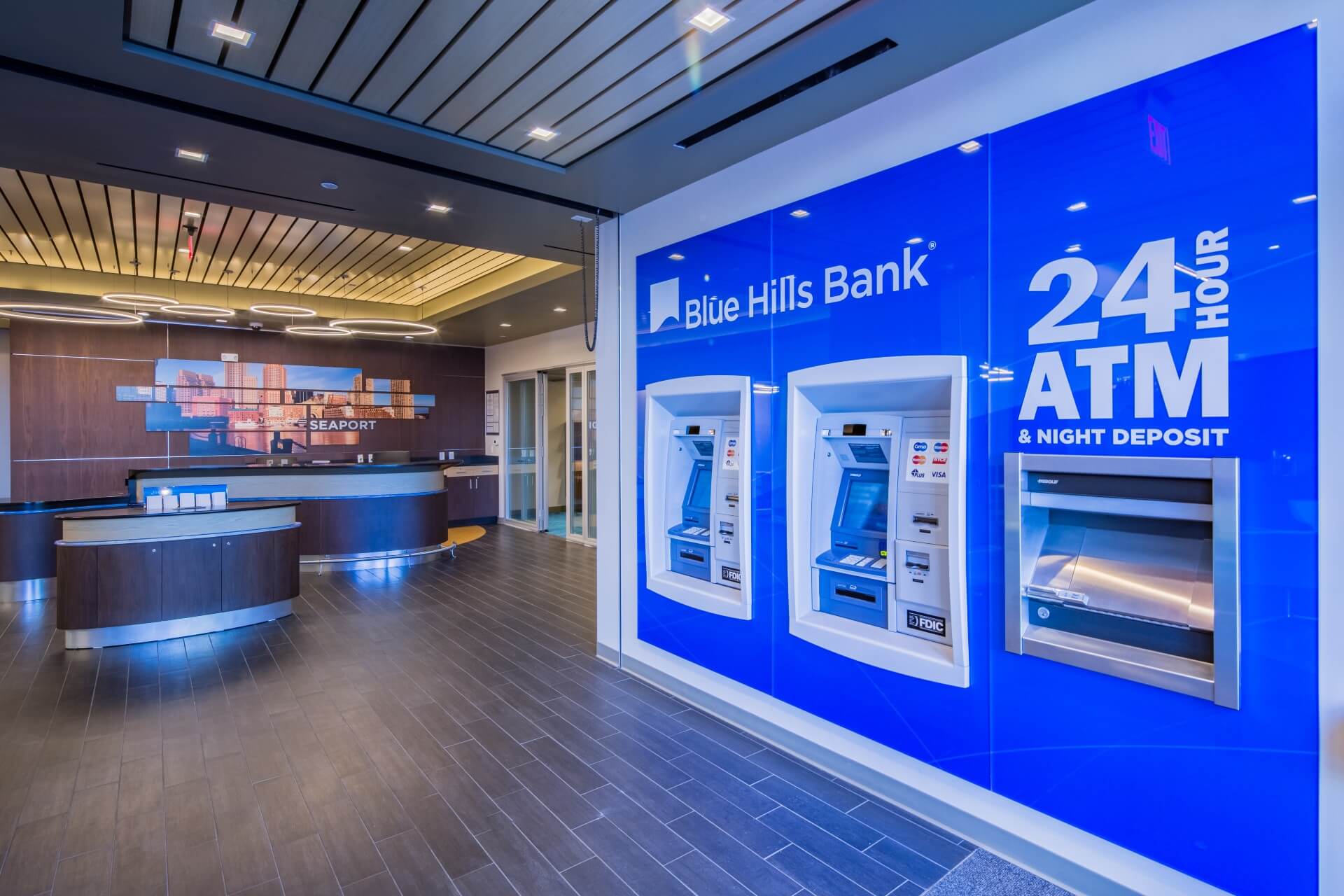Introduction
Out of the key aspects of designing a good user interface, visual layout, and aesthetics are the most impactful at first glance. When designs are aesthetically pleasing, users tend to enjoy them, trust the design, and even ignore some minor usability issues.
According to UXCam, around 75% of users are likely to trust a visually appealing website. The impact of visually appealing designs is not restricted to websites. Mobile applications, online dashboards, web applications, and physical designs have better user perceptions if their first impression is aesthetically pleasing.
UX design has a strong relationship with aesthetics and visual design. Aspiring UX designers should always pay attention to the aesthetic elements when looking for opportunities in a user experience design studio, sometimes partnering with a UI and UX design agency to gain practical exposure.
In this article, we introduce the aesthetic-usability effect and the application of these principles to digital and physical designs. We also discuss the challenges and limitations of the aesthetic-usability effect.
Read along as we discuss this interesting and highly relevant topic for designers.
Defining Aesthetic-Usability Effect
The aesthetic-usability effect is a well-known phenomenon in UX design. This effect focuses on a design's overall look and feel and its impact on users' minds.
What is the aesthetic-usability effect?
The aesthetic-usability effect refers to the users' perception that a design that looks aesthetically pleasing will also be more usable. Therefore, improving a design's aesthetic appeal is important to attract new users.
The aesthetic-usability effect, as the name suggests, relies heavily on a design's visual appeal and aesthetic appeal. If a design is aesthetically pleasing, it creates a good first impression, making users more attracted to it. The overall aesthetics of a product or service cover important aspects, such as visual appeal, first impression, user engagement, and the intuitive nature of the design.
It is important to note that the aesthetic-usability effect differs from usability, UI, UX, and aesthetics. Usability refers to a design's overall effectiveness; UI focuses on designing functional and visually pleasing interfaces; UX takes a holistic approach to the users' experience with a design, and aesthetics concentrates solely on visual appeal.
The aesthetic-usability effect, on the other hand, concerns the relationship between aesthetics and perceived usability, i.e., what users think about a product's usability based on its visual design.
A Brief History of the Aesthetic-Usability Effect
The field of UX has always focused on creating aesthetically pleasing designs. Early researchers observed that users are naturally more attracted to simple and aesthetic interfaces, finding them easy to use and interact with.
Don Norman's work on user experience design and usability helped solidify these concepts, drawing connections between the mental and real-world models. This helped in understanding how users think when interacting with a design.
However, regarding the aesthetic-usability effect, the 1995 research by Masaaki Kurosu and Kaori Kashimura from the Hitachi Design Center drove the point home. The researchers introduced the ideas of apparent and inherent usability, using ATM designs as an example.

ATM Design and the History of Aesthetic-Usability Effect (Image Source)
With the help of this example, they proved that the users were more likely to use the ATMs with an aesthetically pleasing design. The first impression plays a significant role in determining the apparent usability of a design, which is later tested (as inherent usability) when the users interact with it.
The aesthetic-usability effect is a well-known and widely accepted phenomenon that plays a critical role in determining user preference when choosing a design.
Applying the Aesthetic-Usability Effect
The application of the aesthetic-usability effect is a meticulous process, and certain important design principles must always be considered. This section also discusses some key practical implications of this effect.
How to Apply the Aesthetic-Usability Effect Principle in Product Design
The aesthetic-usability effect principle is considered at all stages of the design process. The key aspects of any design for this principle are as follows.
1. Focus on visual appeal
The fundamental concept in applying the aesthetic-usability effect is making designs aesthetically pleasing and utilizing the user's perception. Designers must always prioritize the production and presentation of quality visual content to enhance apparent usability and attract users.
2. Create simple interfaces
The simplicity principle aligns with the fundamental concepts of human factors and human-computer interaction. Simplicity plays a key role in terms of a design's apparent and inherent usability. For any given interface, designers should focus on creating simple and understandable interfaces that help users achieve their goals.
3. Ensure consistency in design
Consistency is another important principle to consider when it comes to visual designs and the aesthetic aspects of a product or service. Designs that are consistent across all platforms and devices are more aesthetically pleasing than inconsistent ones, which have a low aesthetic value.
4. Perform tests with real users
User research is critical for any design, and the same holds true for the aesthetic-usability effect. Therefore, to create a visually pleasing design, designers must always perform tests with real users and gain good feedback.
Practical Implications in UX Design
The aesthetic-usability effect has significant implications on UX design from the perspective of users and organizations.
1. Perceived usability
An aesthetically pleasing design creates strong visual appeal, improving the perceived usability of the product or service. Owing to this betterment in the product's appeal, users tend to interact with the design better than low-aesthetic designs, thus exploring its functional benefits along the way.
2. User engagement
When designers make an interface visually appealing, they also invest in improving user engagement. Simple, consistent, and visually appealing designs keep the users engaged for longer, improving the overall experience.
3. User satisfaction
Based on studies of human behavior, researchers have observed that aesthetic designs can foster positive attitudes among the audience. This increases overall user satisfaction, so much so that some minor usability issues also go unnoticed.
4. Trust and credibility
The application of the aesthetic-usability effect impacts the emotional design aspect of a product, helping users build a strong relationship with the design. Visually improved designs, therefore, have a direct impact on the level of trust and credibility that the users have for a product and, by extension, the organization.
Testing and Assessing the Aesthetic-Usability Effect
Sticking to the key practices in the design process, applying the aesthetic-usability effect must always be followed by rigorous testing.
Usability-Testing Challenges Caused by the Aesthetic-Usability Effect
Usability testing is one of the most useful ways to assess a product or service's visual design and aesthetic appeal. However, conducting usability testing has its challenges.
What are some common obstacles related to aesthetics in usability testing?
Some common obstacles and challenges related to aesthetics in usability testing are as follows:
- Getting biased feedback from the users
- Overlooking functional issues
- Focusing solely on the first impressions
Some common challenges and obstacles when conducting usability testing are as follows.
Getting biased feedback from the users
When testing a design for its visual appeal, it is important to note that users' feedback can be biased. If they like a certain color theme or presentation, they might give a positive response for every other feature. This is also because the assessment of aesthetic appeal is subjective in nature.
Overlooking functional issues
When user feedback is dependent on a product's apparent usability, some functional concerns—including severe usability issues at times—can be ignored. The designers must take a holistic approach and understand that aesthetics need to be understood along with all the other data, such as the design's functionality.
Focusing solely on the first impressions
When it comes to a design's aesthetic appeal, users' tendency to rely on first impressions can sway the results of the usability tests. This can mask usability problems for aesthetically pleasing designs and ignore some strong features in designs that have a low aesthetic value.
The Aesthetic-Usability Effect and User Testing
Combining design with user testing can greatly improve its aesthetics. The following guidelines can help designers create aesthetically pleasing designs while considering the target audience's needs.
Observe the users and understand their perception
UX designers and developers must always observe users and see how they perceive aesthetically pleasing designs. Some important techniques, like eye-tracking and think-out-loud strategies, can be extremely helpful. These can help in understanding the target audience's negative and positive attitudes.
Do not ignore functional issues and pitfalls
The designers must be mindful of the functional issues, including minor usability problems. They should be aware that sometimes the users might ignore these issues, so it is important to look at the big picture.
Get quality feedback from the users
Getting good responses from users is an important skill for designers and researchers. Whether it is positive feedback or negative comments, everything is helpful in the design process. The designers must value users' feedback and get their input.
Challenges and Limitations
When creating aesthetically pleasing designs, it is important to note that the aesthetic-usability effect has certain challenges and limitations.
Limitations of the Aesthetic-Usability Effect
Some significant limitations of the aesthetic-usability effect are as follows.
Short term impact
With new research and techniques for visually appealing designs and constant improvement in products and services, it is important to note that any research on aesthetics might not have a long-term impact. Therefore, designers need to revisit this research frequently to ensure that their designs perform well.
Subjective feedback
All the users perceive attractive products differently. Based on a user's cognitive style, it would be wrong to think that one type of design can appeal to everyone. Therefore, designers must be mindful of the subjective nature of feedback.
Complex designs
Understanding user attention and perception can be even more difficult for complex designs and advanced functionality in modern products and services. Designers must invest their time and resources carefully to focus only on the aspects of aesthetics that matter most for a certain design.
Avoid Pitfalls of The Aesthetic-Usability Effect
Some essential ways designers can avoid pitfalls while applying the aesthetic-usability effect are as follows.
- It is always helpful to recruit a wide range of representative audiences. This can help you get high-quality feedback from a diverse audience.
- Designers and researchers must always consider functional and usability issues when studying aesthetics. Perceived ease of use is not always the same as the inherent usability of user interface.
- It is essential to consider the design's iterative nature and keep improving designs based on assessment and user feedback.
Key Takeaways
When designing user interfaces, the significance of aesthetics and aesthetic designs must be considered. The importance of applying the aesthetic-usability effect goes beyond functionality and mere visual appeal.
Aesthetically pleasing designs create a strong positive impression of the product and the organization. Additionally, the perceived usability attracts more customers, leaving a direct positive impact on the overall performance of the business.
In this article, we introduced the aesthetic-usability effect and how it can aid the quality of designs. With digital platforms becoming increasingly popular and new technologies such as AI-generated visuals advancing every field, designers can also experiment with the visual aspects of their designs, thus adding to the overall user experience.
Jul 15, 2024
